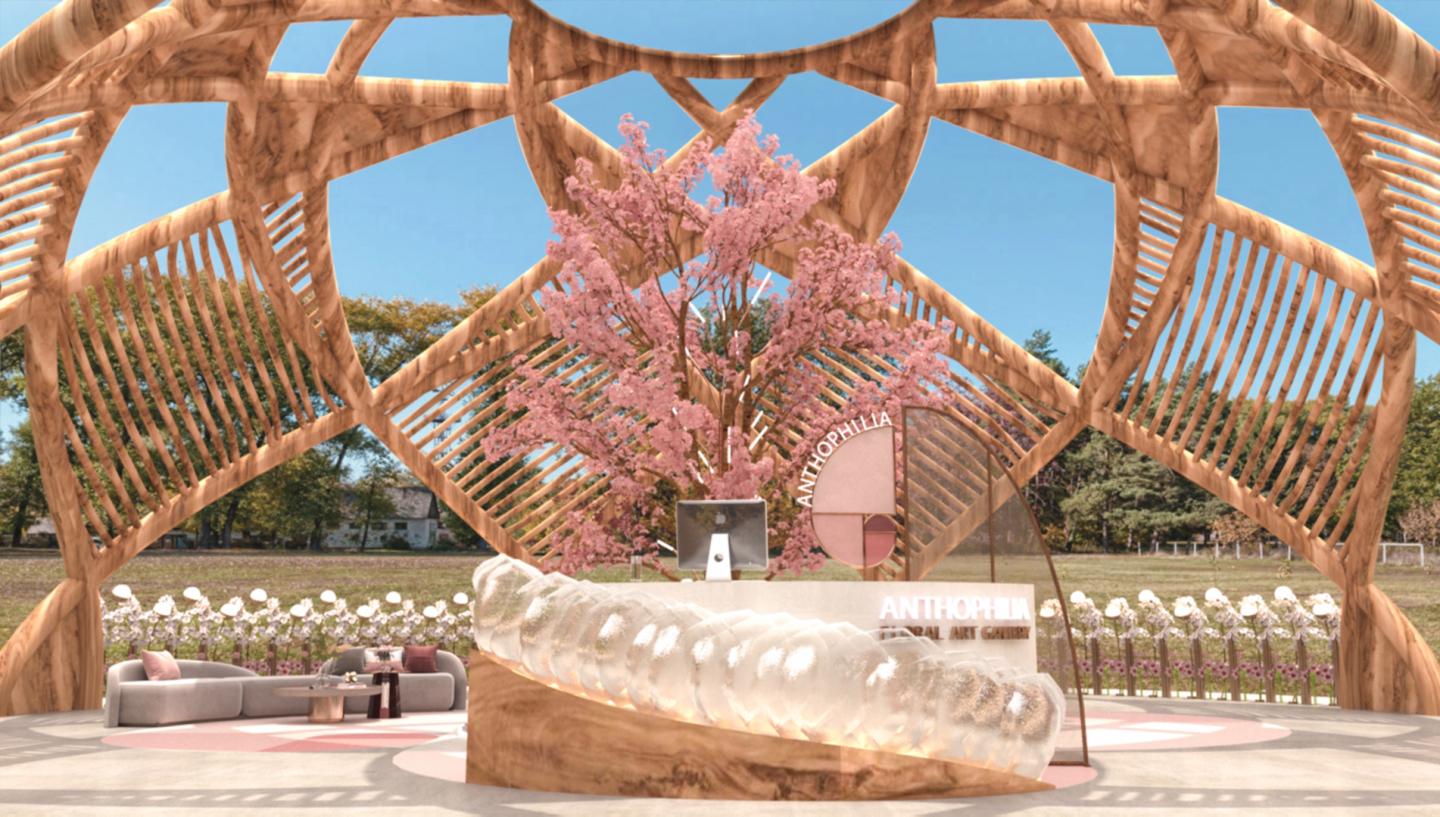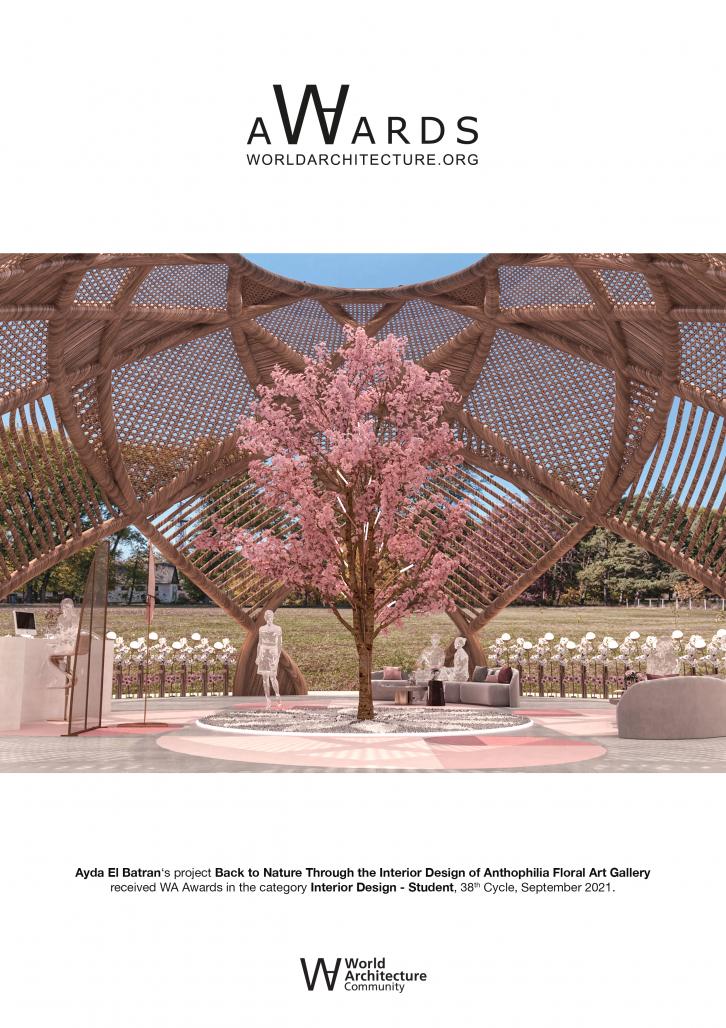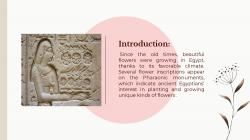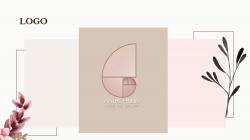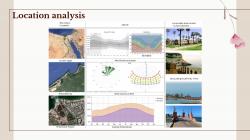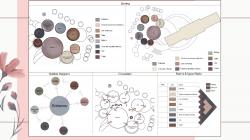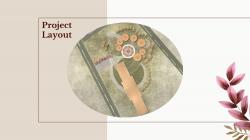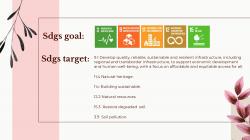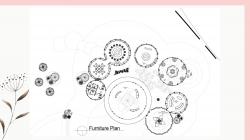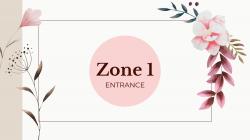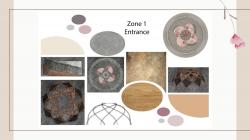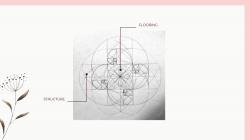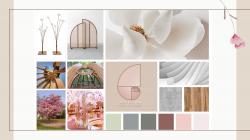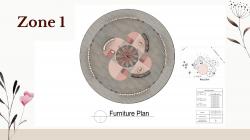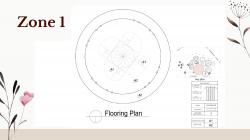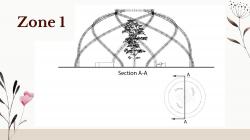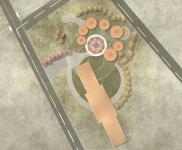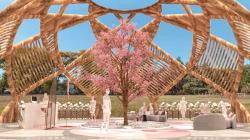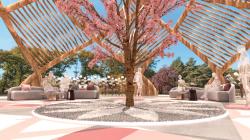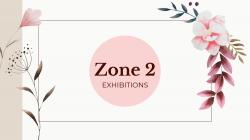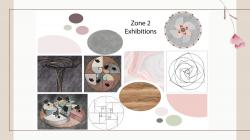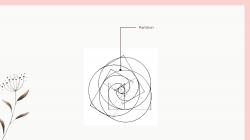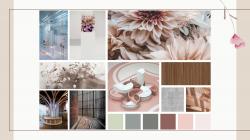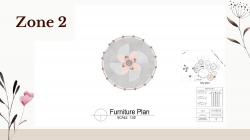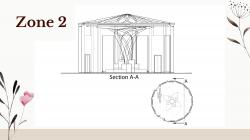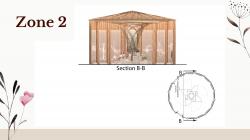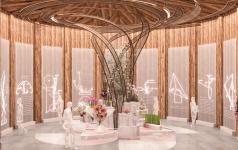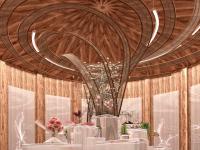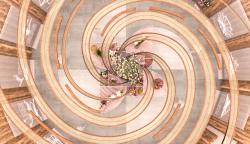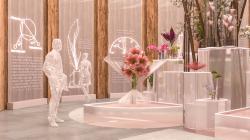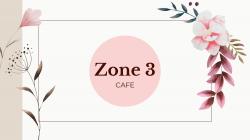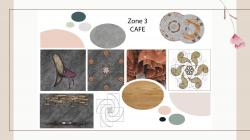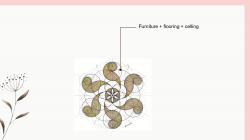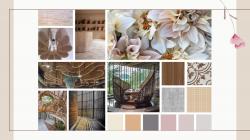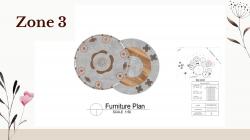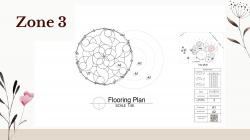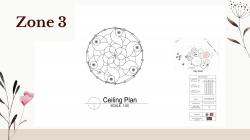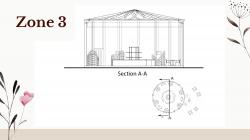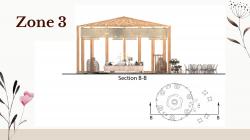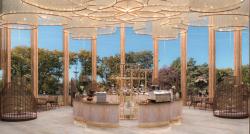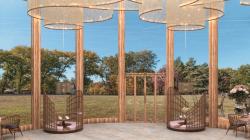-Introduction-
Since the old times, beautiful flowers were growing in Egypt, thanks to its favorable climate. Several flower inscriptions appear on the Pharaonic monuments, which indicate ancient Egyptians’ interest in planting and growing unique kinds of flowers . Floral art gallery is a necessity nowadays, it involves local ornamental plants industry and sustain the interior role which improve building design criteria, make it innovative. Also help the users to find a place where they can carry out their hobbies and share their love for ornamental plants which is neglected in interior design. Floral art gallery creates various interior spaces for different activities such as agriculture, hand crafts, galleries, laps and research.
-location-
( El Montazah Gardens, Alexandria , Egypt )
On an area of 3,000 square meters, and at the end of El Montazah Gardens , a large greenhouse is under security guard, day and night, bearing the name "Royal Greenhouse or El Souba - Plants ", which contains rare plants and flowers that have been settled and upright since the reign of King Fouad, who decided to establish it to complement the natural means of entertainment for him and his family. ownership, specifically in 1934.The concept of bridging the old building with the new one is inspired by Kintsugi, a Japanese art of repairing broken pottery. The attempt to reflect the concept results in anthophilia floral art gallery.
Conceptual Approach :
Every flower is a soul blossoming in nature . Basically, each flower consists of a floral axis upon which are borne the essential organs of reproduction (stamens and pistils) and usually accessory organs (sepals and petals). The floral axis is a greatly modified stem; unlike vegetative stems, which bear leaves, it is usually contracted, so that the parts of the flower are crowded together on the stem tip, the receptacle. The flower parts are usually arrayed in whorls (or cycles) but may also be disposed spirally, especially if the axis is elongate .So the golden spiral become the best option with the concept and become the inspiration of the patterns found in the ceiling , flooring and furniture to add a new definition for the interior spaces and enhance the role of back to nature in interior spaces .
Zone 1: entrance
-Where visitors have the first impression
-Located in the center of the gallery
-Connected to the outdoors
Zone 2 : exhibition
-Awareness exhibition zone
-Direct connected to entrance
-Not connected to the outdoors
Zone 3 : café
-Having lovely experience with connection to nature
-Directly connected to entrance
- Connected to the outdoors
Anthophilia aims to enhance the role of back to nature design in interior spaces .
2021
0000
Activities & Zones:
1.Entrane
2.floral art awareness exhibitions
3.live workshop
4.cafe
5.gallery : Marketing
6.floral art and pottery factory
7.lap : Reseach
8.Toilet
Sustainability:
-Found in natural material being used in structure , flooring and celling (for sustainable treatment):
*Using beech pine wood in light structure , it is environmentally friendly as well as Pine is a fast-growing species.
*Using natural stones found in the area , used as floorings
*Windows, doors and furniture are manufactured by natural materials
*Using rainwater harvesting tank
*Natural ventilation
*The dependence on natural light rather than artificial allows :
1-More sunlight
2-More connection to nature
3-Less energy consumption
4-Wider feeling of space
Project designed and presented by: Ayda Abd El Hamid El Batran
-Faculty of Arts & Design - Interior Department - MSA University -
Under the supervision of:
-Assoc. Prof. Dr. Rasha El Zeiny,
-Assoc. Prof. Dr. Hoda Madkor
-Assoc. Prof. Dr. Dalia Ezzat
-Assoc. Prof. Dr. Ola Hashem
Back to Nature Through the Interior Design of Anthophilia Floral Art Gallery by Ayda El Batran in Egypt won the WA Award Cycle 38. Please find below the WA Award poster for this project.
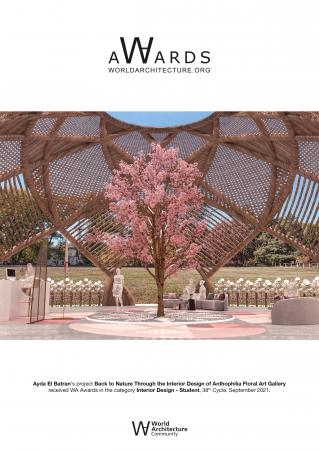
Downloaded 0 times.
Favorited 1 times
